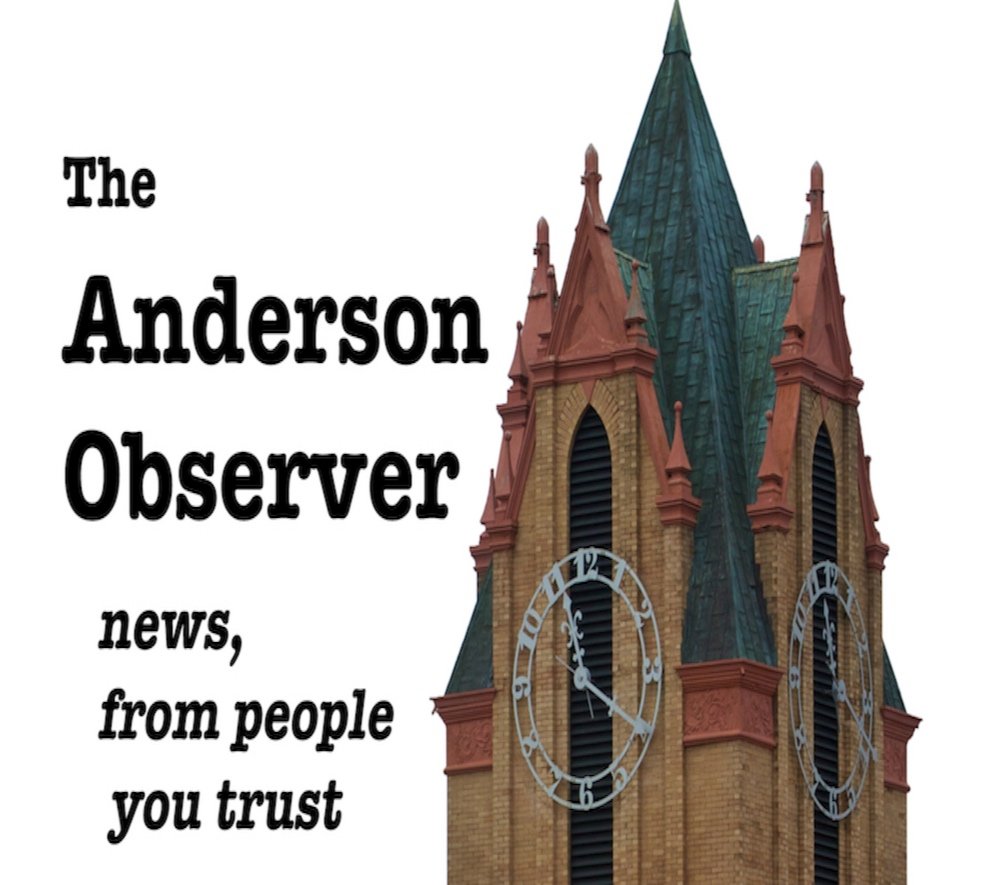Snow, Sleet and Freezing Rain in Forecast
Greg Wilson/Anderson Observer
Anderson County Schools are closed tomorrow and designating an e-learning day due to the forecast which is calling for some form of frozen precipitation in the area beginning tomorrow morning.
Here’s a quick overview of winter weather precipitation:
Snow
Most precipitation that forms in wintertime clouds starts out as snow because the top layer of the storm is usually cold enough to create snowflakes. Snowflakes are just collections of ice crystals that cling to each other as they fall toward the ground. Precipitation continues to fall as snow when the temperature remains at or below 32 degrees Fahrenheit from the cloud base to the ground.
Snow Flurries. Light snow falling for short durations. No accumulation or light dusting is all that is expected.
Snow Showers. Snow falling at varying intensities for brief periods of time. Some accumulation is possible.
Snow Squalls. Brief, intense snow showers accompanied by strong, gusty winds. Accumulation may be significant. Snow squalls are best known in the Great Lakes Region.
Blowing Snow. Wind-driven snow that reduces visibility and causes significant drifting. Blowing snow may be snow that is falling and/or loose snow on the ground picked up by the wind.
Blizzards. Winds over 35mph with snow and blowing snow, reducing visibility to 1/4 mile or less for at least 3 hours.
Sleet
Sleet occurs when snowflakes only partially melt when they fall through a shallow layer of warm air. These slushy drops refreeze as they next fall through a deep layer of freezing air above the surface, and eventually reach the ground as frozen rain drops that bounce on impact.
Freezing Rain
Freezing rain occurs when snowflakes descend into a warmer layer of air and melt completely. When these liquid water drops fall through another thin layer of freezing air just above the surface, they don't have enough time to refreeze before reaching the ground. Because they are “supercooled,” they instantly refreeze upon contact with anything that is at or below 32 degrees F, creating a glaze of ice on the ground, trees, power lines, or other objects. A significant accumulation of freezing rain lasting several hours or more is called an ice storm.
